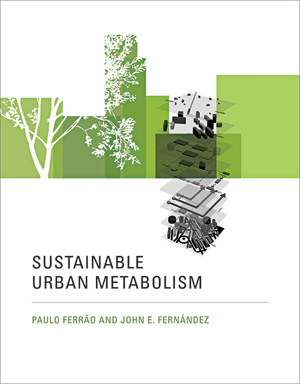Helping Cities Go Green
In 2012, officials in Dubai asserted that their city would rank among the most sustainable metropolises in the world by 2020. About the same time, Washington, D.C., Mayor Vincent Grey trumpeted greenest-city status by 2032. A glimpse of the cities' sustainability plans shows two different approaches to the same goal. For Dubai, it means supplying five percent of electricity photovoltaically and outlawing energy-hog buildings. While Washington also aims for renewable-energy use and efficient structures, it prioritizes cleaning up the Anacostia River and increasing urban agriculture.

In concept, tailoring one city's sustainability initiatives to reflect its climate, culture, and stage of development should benefit all cities—or at least maximize the environmental benefits. But even the best intentions will not necessarily yield positive results. What if Dubai's photovoltaics are sourced irresponsibly upstream? What if urban farming in Washington causes a spike in the insecticides and fertilizers that wash into the Anacostia? Because the causes and effects of environmental management are complex and far from linear, urban-scale sustainability is littered with possible backfirings: electrical vehicles that draw their power from coal-fired plants, local manufacturing initiatives that lead to transit inequity, and so on.
In this book, the authors shed light on the inconsistent terms and blind spots that plague urban sustainability initiatives. Professors of mechanical engineering and building technology, respectively, Ferrão and Fernández want to arm municipal stewards with data that are currently unavailable to them. Without an accurate portrayal of environmental inputs and outputs, decisions may lack impact or do more harm than good.
The first step in measuring and analyzing the resources a city consumes and the waste it emits is to establish a methodology. Employing the metaphor of urban metabolism, the authors show how to measure the environmental systems that converge in a city. They set criteria, weight them according to different city typologies, and identify the data sources to quantify those terms. Watching this framework unfold is like witnessing the creation of an algorithm. One can imagine this book spawning the next round of Code for America fellowships.
For readers who are not smart-cities acolytes or app programmers, this narrative may seem more technical than compelling. Its potential usefulness, on the other hand, should thrill anyone: standardized data could help planners from Dubai and Washington form a mutual understanding of what it means to be green (or greenest). Perhaps more important, it could help planners from cities similar in resource flows or physical form compare policies for mutual improvement. Sustainable Urban Metabolism applies the management adage, "What gets measured gets done" to the 21st-century game of planetary survival.




Post a comment to this article
Report Abusive Comment